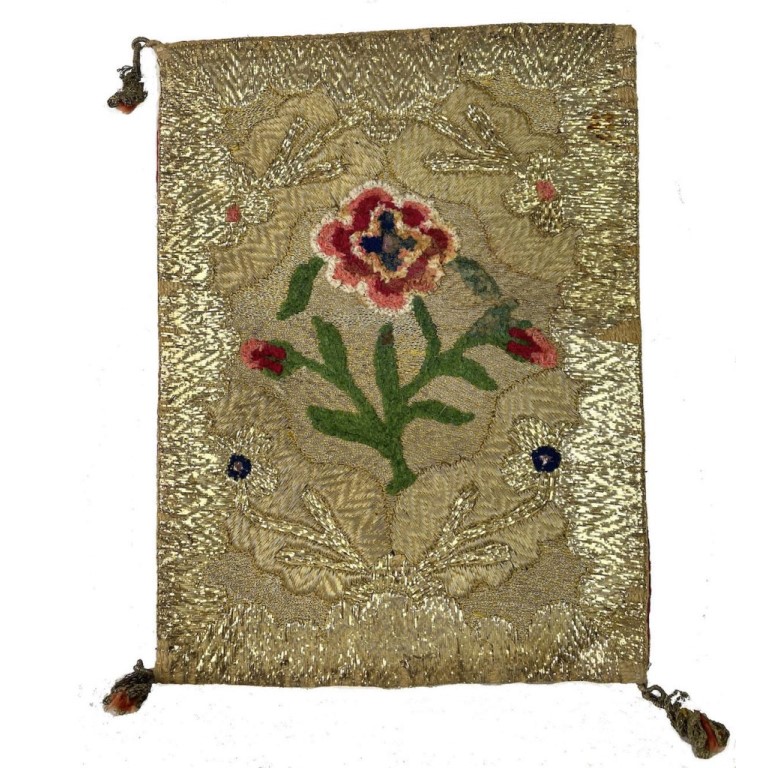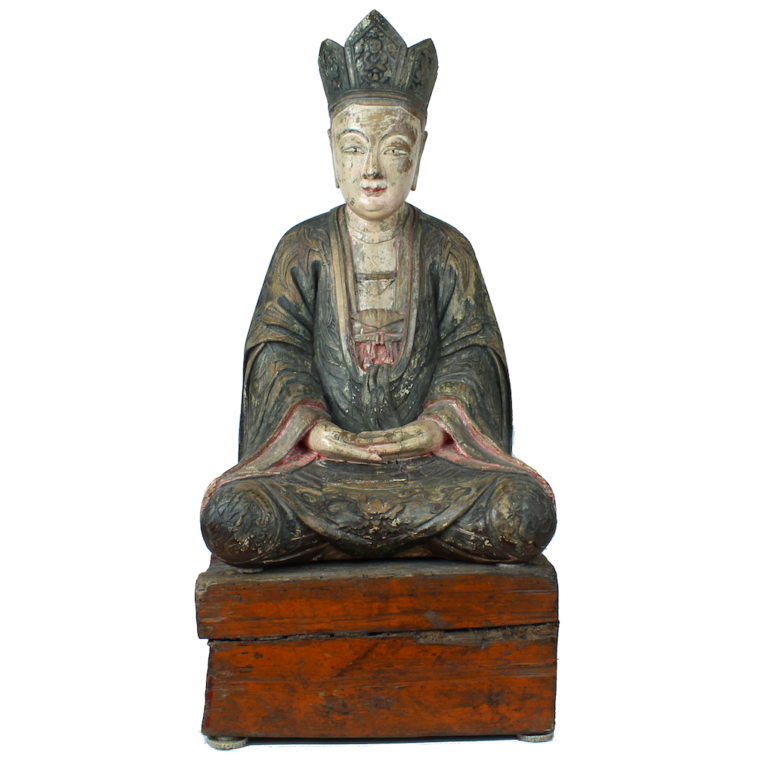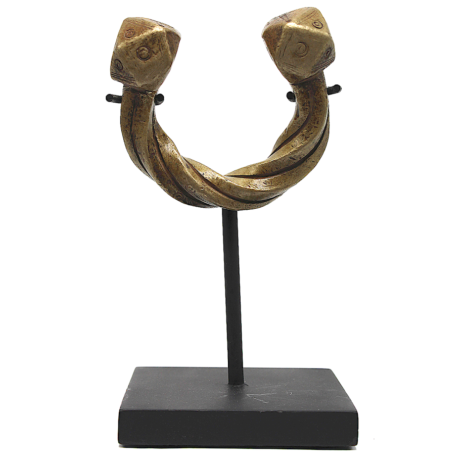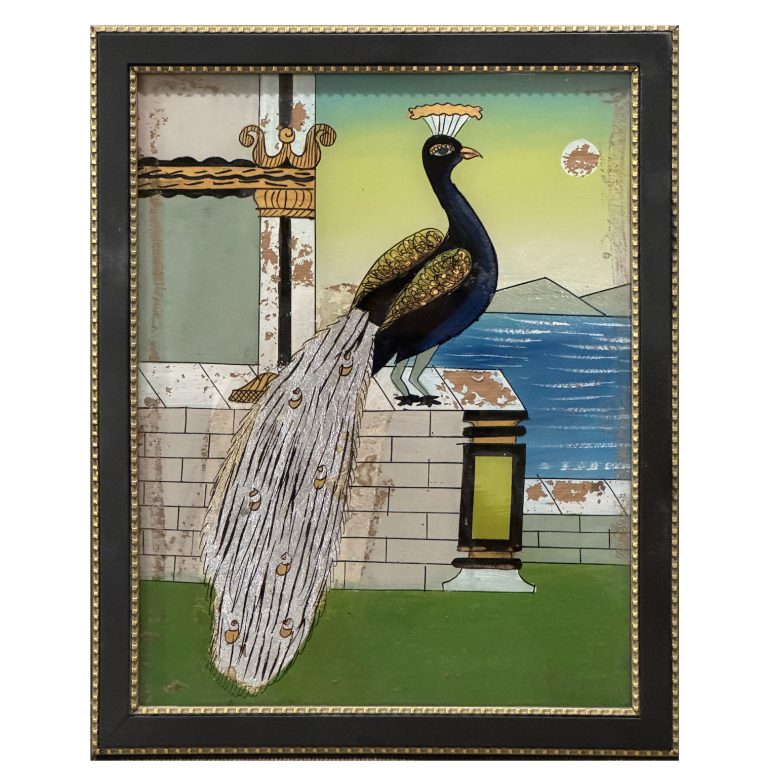WELCOME
Welcome to VA’s collection of art, antiques, artifacts, adornments and more, spanning centuries, continents and artists from numerous time periods, traditions and beliefs. We are thrilled to announce that Vanishing Arts is now featuring the work of ground-breaking contemporary artists as part of our collection. Our first Featured Artist is the brilliant multimedia sculptor and artist Pascal Giacomini, whose totally original guitar sculptures are a wonderful example of “when sculpture meets music.”
Featured Artist: Pascal Giacomini

A native of Paris, France, Pascal Giacomini has been working in Hollywood since the 1980s. He is an accomplished artist working in several genres: sculpture, functional art, photography, and most recently documentary films and playable guitar sculptures.
His Giaco GuitarTM Sculptures are a limited series of up to 100 guitars fashioned from the raw material of vintage oil cans, reimagined and transformed into playable works of art—a process Giacomini describes as “recycling leftovers of American capitalism into art and music.” The most recent creations in a storied career, they are highly sought after by guitar aficionados and art collectors alike.
Featured Item
Yoruba Ere Ibeji Carving with High Sandals
Nigeria, circa 1960, Ht: 9.5″
EXPLORE AND LEARN
We invite you to explore the wealth of more than 400 items from six continents that we have already added to our site. Each piece has been identified with four components: a Title, an Overview and an expanded Description. Click on Additional Information for more details on origin, date, size, condition and shipping.
Lastly, we utilize the following time periods throughout the site to provide an accurate historical reference:
Ancient (pre-1200 CE)
Antique (1200-1920)
Vintage (1921-1980)
Modern (1981-present)
The items featured below provide a pleasing sampling from all nine categories in the navigational toolbar on this page:












